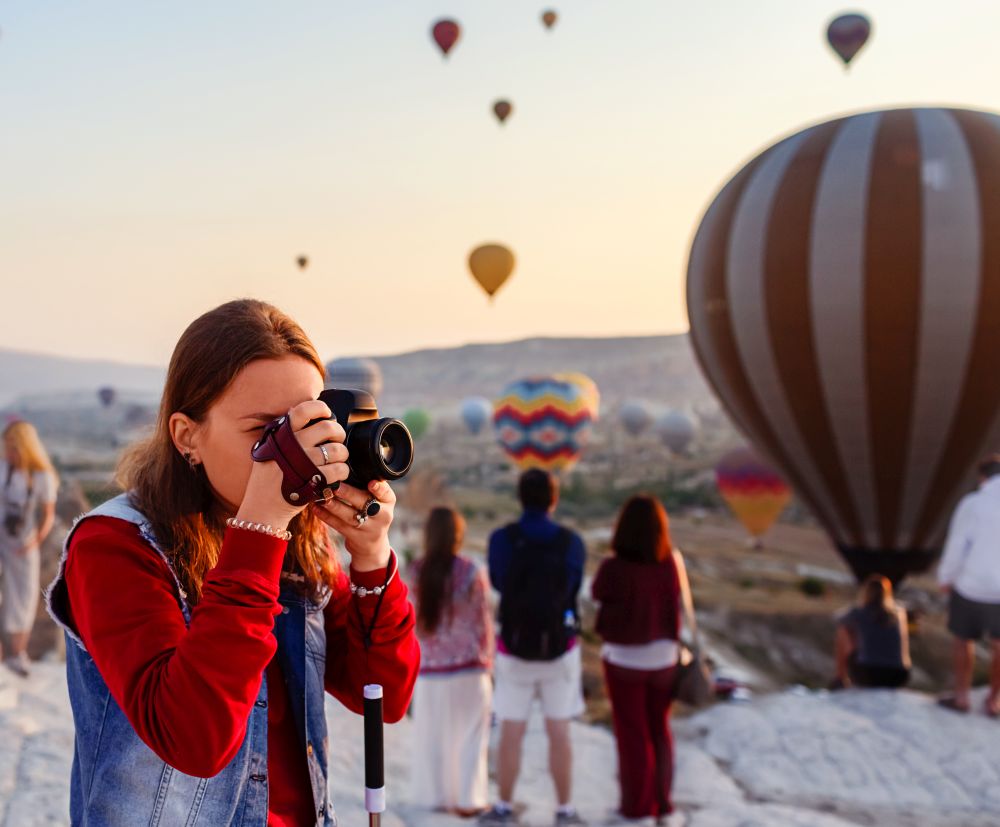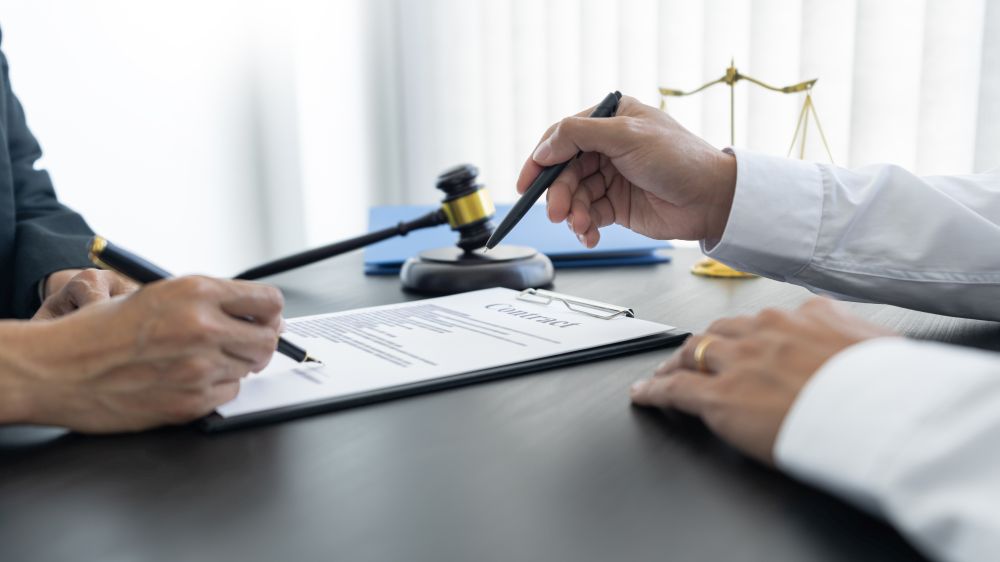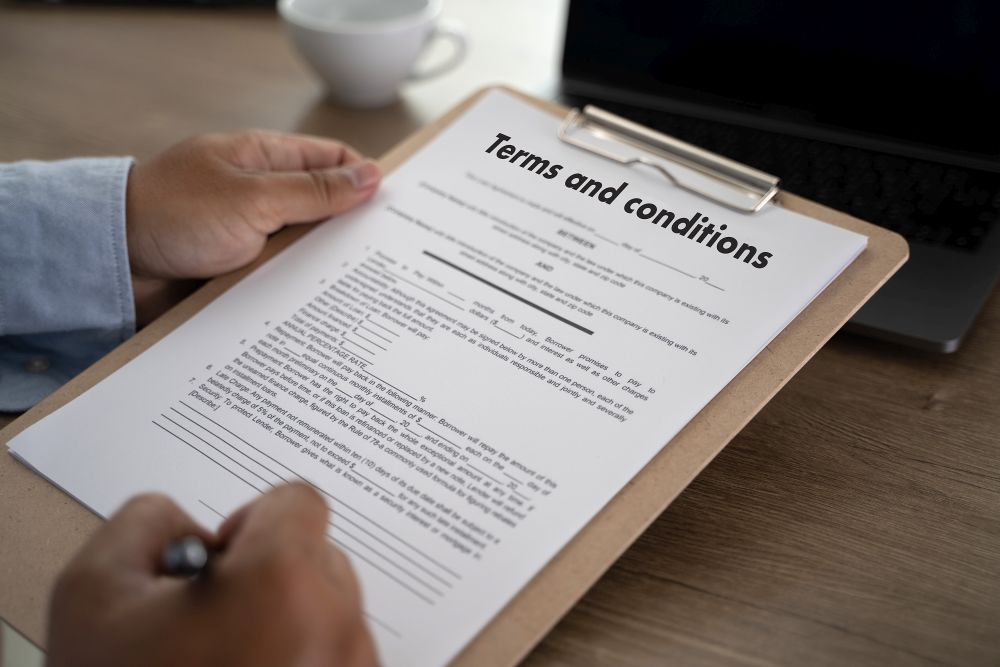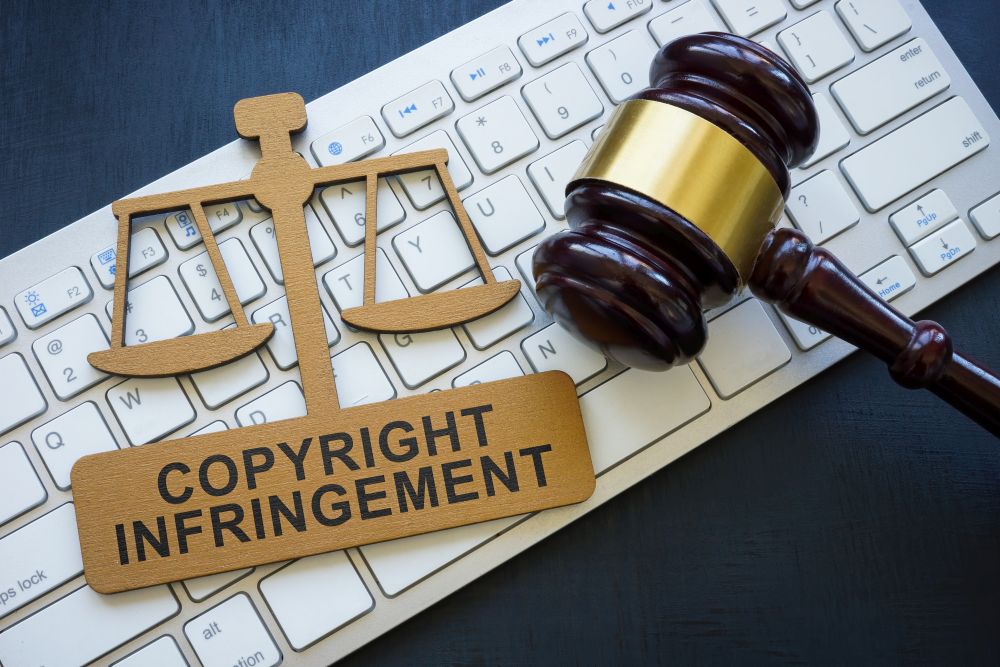It’s a tricky business, trying to find images on the internet that you can use without worrying if it’s in breach of copyright. We’ve all been there – searching endlessly for an image that looks perfect for your project but just won’t play the ball when it comes to legal requirements. Don’t worry though, we have some top tips to help you find high-quality images that you can use worry-free!
When googling for images, it can be difficult to tell whether the material is copyrighted or free to download and use. Luckily, there are a few things you can do to ensure that you’re not infringing on copyright when using visuals in your project.
In this guide, we’ll provide some invaluable tips and tricks on how to find images (and other visual materials) that don’t require permission or impose any restrictions on how they can be used. We’ll look at the main sources of freely available imagery and how to identify safe content within them. With these strategies in mind, you’ll be sure to find the perfect images, vectors, and illustrations for your projects while protecting yourself from legal complications.
Finding Images You Can Use Legally

Source: 123RF
It is important to ensure that you can use any images or artwork you find online without breaking copyright law. Many people are unaware of the rules and regulations surrounding the use of copyrighted material; however, it can be costly if caught performing an infringement.
Fortunately, there are many options for finding images you can legally use. Below we’ve outlined our top tips for finding and using images safely and legally:
- Look for Creative Commons Licences: Many artists will license artwork under a Creative Commons license – this means that an artist permits certain uses of their work as long as they are credited appropriately. Before using any Creative Commons license work, make sure you have double-checked the terms of the license to ensure its correct usage.
- Use Stock Photo Sites: Stock photo sites like 123RF FREE or Adobe Stock are amazing resources where photographers make their work available to anyone who wants to license it for commercial use. Be sure to double-check all the costs associated with each image before downloading, as some may incur additional fees or licensing agreements – such as those found on Getty Images or iStockPhoto – which need to be factored into your budget accordingly.

Source: 123RF
- Check Public Domain Images: Public domain images are free from copyright restrictions and include a wide range from famous photos like The Mona Lisa painting or well-known photographs from NASA missions to generic vector art which has been custom designed by someone but made freely available online or even screenshots by prolific YouTubers who post regularly enough that they have no issue with sharing them openly (such as PewDiePie!). Make sure that before using public domain images that they haven’t fallen into copyright again due to additional elements being added in (such as background music on a YouTube video) or if they have been modified somehow – while the public domain is ‘free’, modifications may require special permission first before being used elsewhere!
- Use Free Image Search Engines: If you need some help finding visuals quickly, then search engines like Google Images and Flickr offer huge collections of content which can sometimes be freely used depending on how it has been made available – just refer back to tip #1 when utilizing these services!
Remember – when in doubt always refer back to either the source directly and ask permission, ask advice from a copyright attorney when necessary, and always credit appropriately!
How to Avoid Copyright Infringement

Source: 123RF
When looking for images to use, whether they are photographs, illustrations, paintings, or another form of creative work, it’s important to be aware of copyright and how it applies. Copyright infringement is a violation of an author’s exclusive rights over his/her work and can lead to legal repercussions. In order to stay safe and protected when searching for images, it’s essential to understand how you can use and find images that are safe within copyright laws.
Below are our top tips to ensure you stay on the right side of copyright laws when searching for images:
- Look for public domain works: Public domain works such as government documents, public records or historical works may not be protected by copyright and therefore free for reuse without the need for permission.
- Check Creative Commons Licenses: Creative commons licenses allow authors various levels of permissions over the distribution and usage rights of their work. It can range from ‘free to share with attribution up to a full ‘all rights reserved’ status. Before using any image – even ones labeled “royalty-free” – double-check the Creative Commons license associated with it as there may be restrictions on use or requirements on the acknowledgment of authorship in certain circumstances.

Source: 123RF
- Research Third-Party Stock Photos & Licensing Sites: There are hundreds of stock photo sites available that offer photographs taken by professional photographers which you can use after purchasing licenses at affordable rates. These licenses will include any necessary restrictions regarding usage rights tailored toward the specific image in hand. Be sure to read thoroughly before making any purchases so you know exactly what rights you have with each license purchased.
- Read Website Terms & Conditions Areas Carefully: If using a website run by another company remember that whilst they may not expect immediate payment they may well have some terms & conditions guidelines over using their images within their website policy areas; make sure these don’t conflict with your own planned uses before deciding whether or not proceed further with an image license purchase from them as otherwise, this could lead to future conflict/dispute issues at a later date.

Source: 123RF
Conclusion
Ultimately, understanding and following copyright laws with regard to images are important in order to avoid unnecessary legal implications. When seeking out images for use, royalty-free materials are the safest options and should be used whenever possible. Additionally, artists whose content is licensed for free can be credited for their work by providing their online portfolio websites. In summary, if you plan to use images online, it is essential to consider copyright compliance in order to protect both yourself and the artist from all potential liabilities.





















